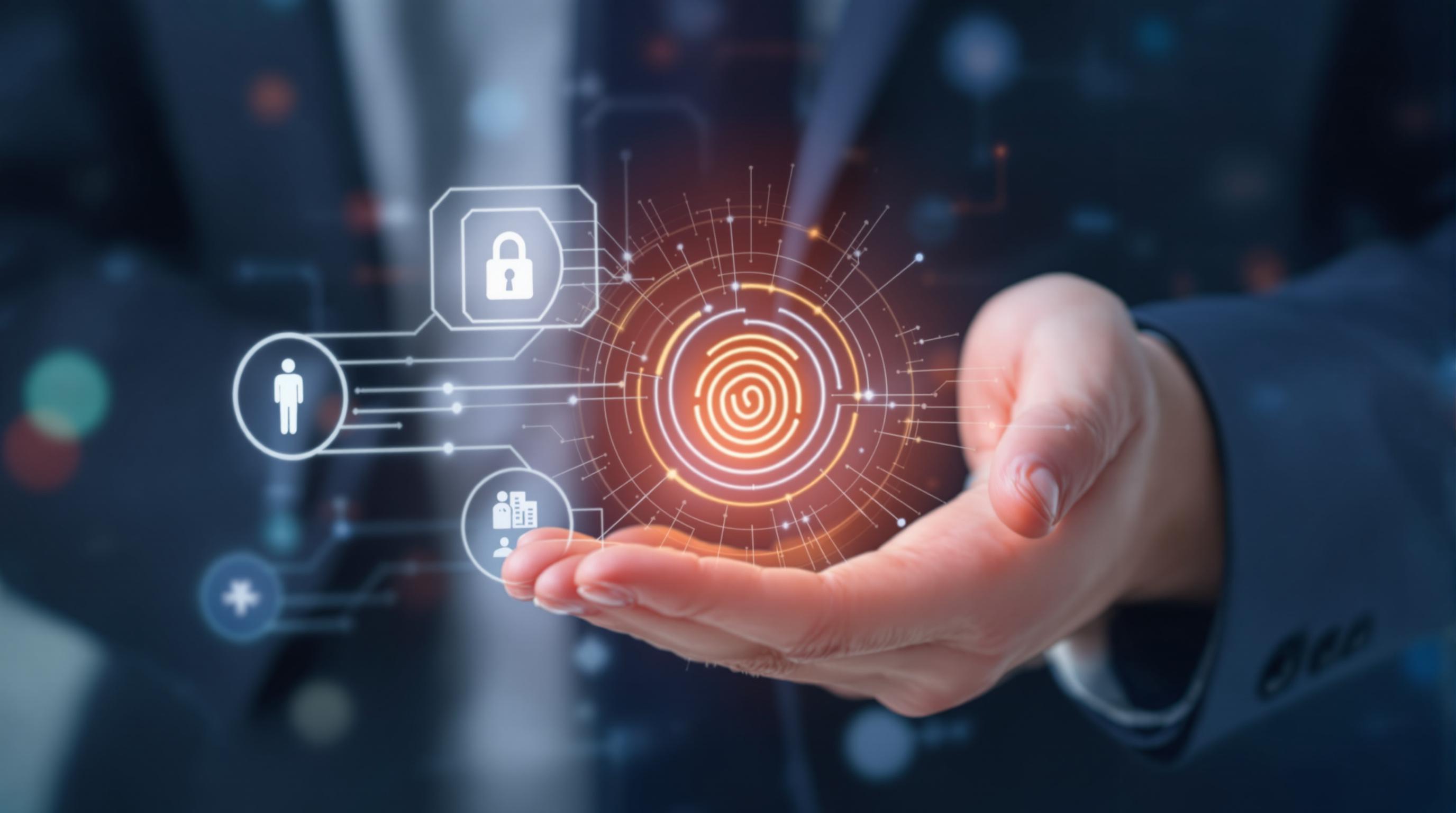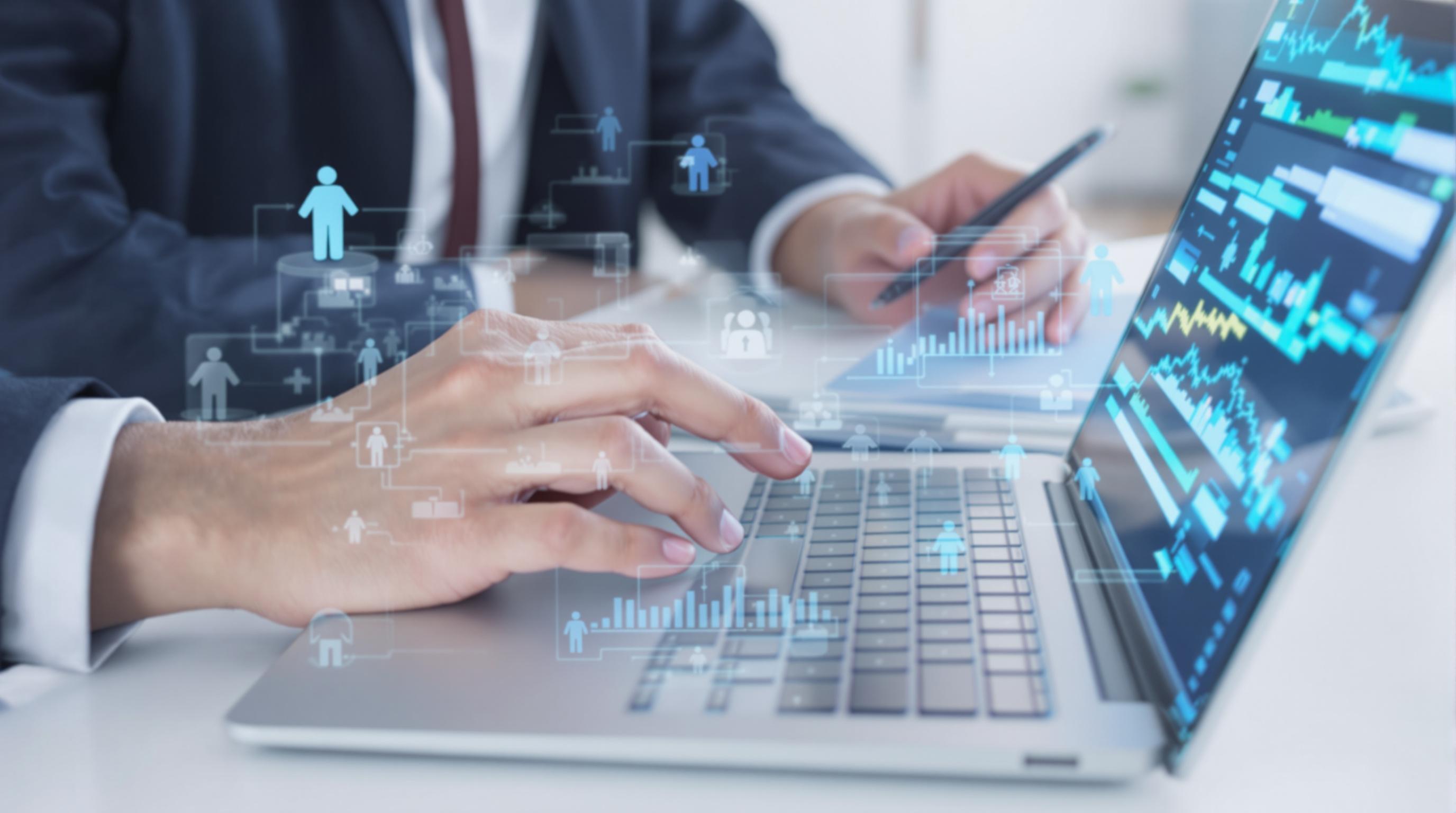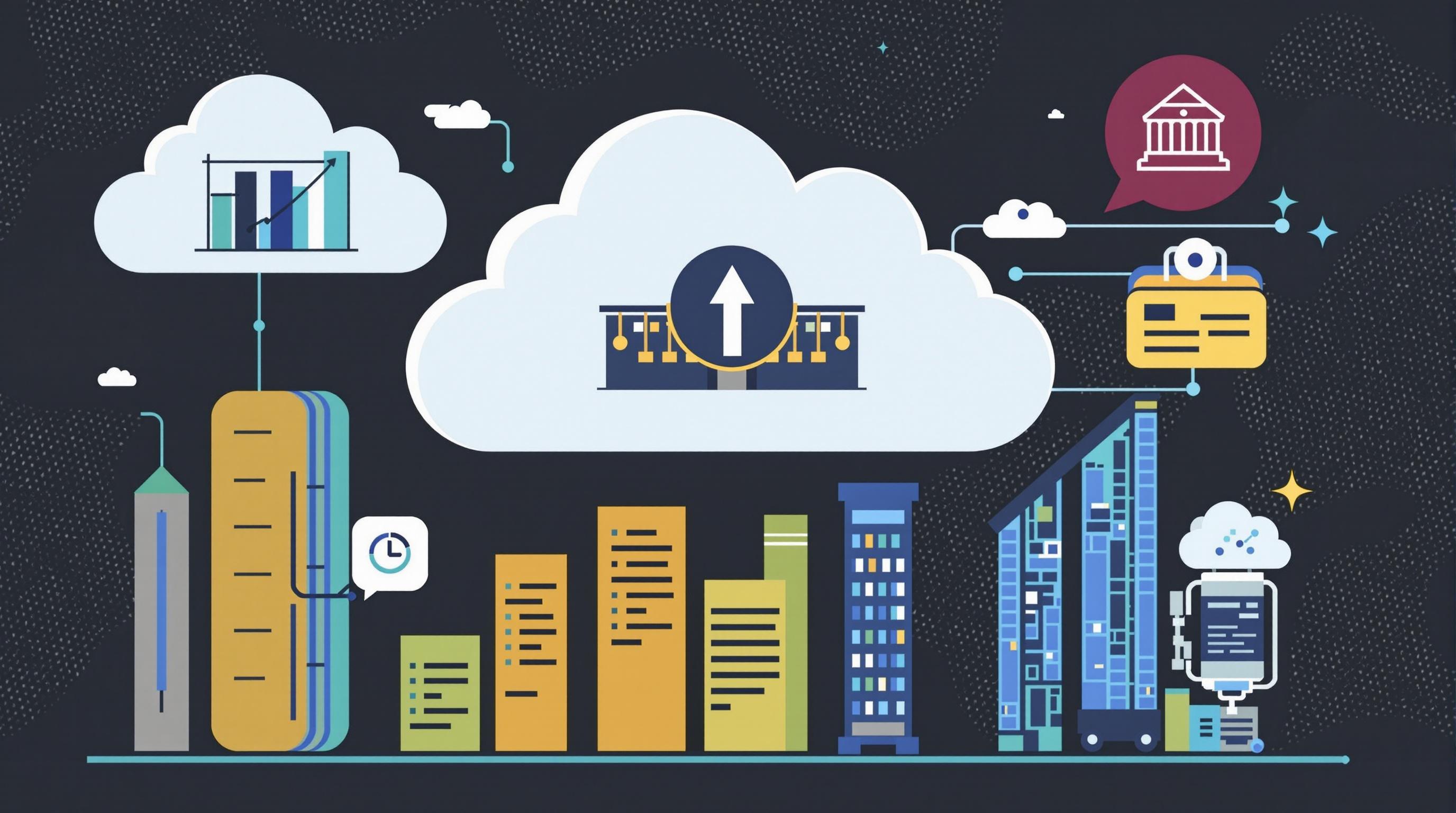Related Articles
- How Emotional Spending Biases in Leadership Can Influence Company Financial Transparency and Accountability
- Unveiling the Role of Employee Psychology in Shaping Unexpected Business Budget Outcomes
- Top 6 Disruptive Invoice Platforms Launched Since 2019 Tackling Automation Bottlenecks in Unconventional Ways
- Top 6 Smart Accounting Softwares Since 2019 That Revolutionize Tracking Business Tax Write-Offs
- The Rise of Biometric Authentication in Digital Finance: A New Frontier for Secure Business Transactions
- How Small Nonprofits Leverage Alternative Finance Tools to Navigate Accounting Challenges Off the Radar
The Rise of Biometric Authentication in Digital Finance: A New Frontier for Secure Business Transactions
The Rise of Biometric Authentication in Digital Finance: A New Frontier for Secure Business Transactions
Biometric authentication is rapidly reshaping the landscape of digital finance by enhancing security and streamlining business transactions. This article explores the technology's rise, benefits, challenges, and real-world applications, illustrating its transformative potential in the financial sector.
From Passwords to Palmprints: The Evolution of Security
Remember the days when “password123” was considered secure? As an excited 25-year-old tech enthusiast diving into digital finance, I can attest that those days are long gone—thanks to biometric authentication. No longer do businesses and consumers rely solely on easily hacked passwords; instead, unique physical characteristics such as fingerprints, facial recognition, or even iris scans are setting a new standard for security.
A Case Study: JPMorgan Chase's Biometric Integration
In a compelling demonstration of biometric power, JPMorgan Chase rolled out fingerprint and facial recognition for its mobile app users in 2019, resulting in a 40% reduction in unauthorized access attempts within the first year (Source: JPMorgan Chase Annual Report 2020). This breakthrough not only boosts user confidence but also reduces fraudulent transactions significantly.
The Stats Tell the Story
Consider this: according to MarketsandMarkets, the biometric system market is expected to grow from $16.8 billion in 2023 to $57.7 billion by 2030, a compound annual growth rate (CAGR) of 20.4%. This explosive expansion is propelled largely by digital finance sectors adopting the technology to secure business transactions against increasingly sophisticated cyber threats.
Why Biometrics Outperform Traditional Methods
Unlike passwords, which can be forgotten, stolen, or phished, biometric data is inherently tied to the individual. This immutability makes spoofing much more difficult. Moreover, biometrics offer speed—imagine the convenience of approving a high-value transaction with just a glance or a thumb press.
The Double-Edged Sword: Privacy and Ethical Concerns
No conversation about biometrics would be complete without addressing privacy. Collecting and storing physical identifiers raises legitimate questions about data protection. Critics warn about potential misuse or breaches leading to irrevocable identity compromise.
Legislation such as the European Union’s General Data Protection Regulation (GDPR) sets strict guidelines on biometric data handling, emphasizing user consent and transparency. Yet, technology companies and financial institutions must continuously evolve their security frameworks to mitigate these risks.
Conversational Corner: Comparing My Experiences with Biometric Tech
So, borrowing a more laid-back tone here, imagine trying to remember a dozen different passwords for your banking apps. Frustrating, right? Now, try unlocking your account with just your fingerprint or a quick facial scan. That’s my daily reality now, and it makes managing my finances less of a chore and more secure.
What really stands out is how this tech is making transactions smoother without compromising safety—a win-win situation for both users and businesses.
The Impact on Small and Medium Enterprises (SMEs)
SMEs have traditionally lagged in adopting cutting-edge security technologies due to cost and complexity. However, biometrics – often available via smartphones and affordable hardware – are democratizing access to top-tier security solutions.
Take, for example, a local coffee shop implementing fingerprint authentication for its point-of-sale systems. This practice drastically reduces fraud and empowers employees to operate secure payment terminals without cumbersome passwords.
A Humorous Take: If Biometrics Were People
Imagine “Password” as an old, forgetful librarian who keeps misplacing the keys, while “Fingerprint” is the bouncer with an impeccable memory, refusing entry to anyone not on the VIP list. Trusting your digital wallet to Fingerprint feels way more comforting, right?
Future Trends: Beyond the Fingerprint
The horizon includes behavioral biometrics, which analyze how we interact with devices—typing speed, mouse movements, even walking gait—to provide continuous authentication. This means that your device learns “you” over time, creating a dynamic security shield that adapts constantly.
Financial institutions are investing heavily in this frontier to preempt fraud in real-time, elevating both safety and user experience.
Barriers to Universal Adoption
Despite its promise, biometric authentication faces hurdles. Technical issues such as sensor accuracy and environmental factors (like lighting for facial recognition) can affect performance. Additionally, concerns over inclusivity arise as some users, particularly the elderly or those with disabilities, may find certain methods challenging.
Industry experts emphasize the importance of multi-modal systems combining biometrics with traditional methods to accommodate all users while maintaining high security.
The Business Case: ROI on Biometric Systems
From a business perspective, implementing biometric authentication may seem costly initially, but the return on investment manifests in reduced losses from fraud, lower customer churn, and compliance with stringent regulatory requirements. A 2022 report by the Identity Theft Resource Center highlighted that organizations deploying biometrics saw an average fraud loss decrease of 30% within two years.
Global Examples of Success
In India, the Aadhaar system—one of the world’s largest biometric ID programs—has revolutionized financial inclusion by enabling secure digital transactions for over 1.2 billion citizens, many of whom previously lacked formal identities (Source: UIDAI Annual Report 2023).
Meanwhile, banks in Europe and North America are leveraging biometric ATMs to offer seamless and secure cash withdrawal experiences, eliminating the need for cards or PINs.
Final Thoughts
In sum, biometric authentication represents a new frontier in digital finance by fusing cutting-edge tech with everyday convenience and enhanced security. However, its adoption must be balanced with careful attention to privacy, usability, and inclusivity.
As a 35-year-old investigative journalist chronicling this rapid evolution, I find the biometrics story to be a beacon of innovation amid the complex, often murky waters of financial security. For readers aged 16 to 70, understanding this technology is crucial—it not only affects how you safeguard your money but also reshapes how businesses interact in the digital age.




